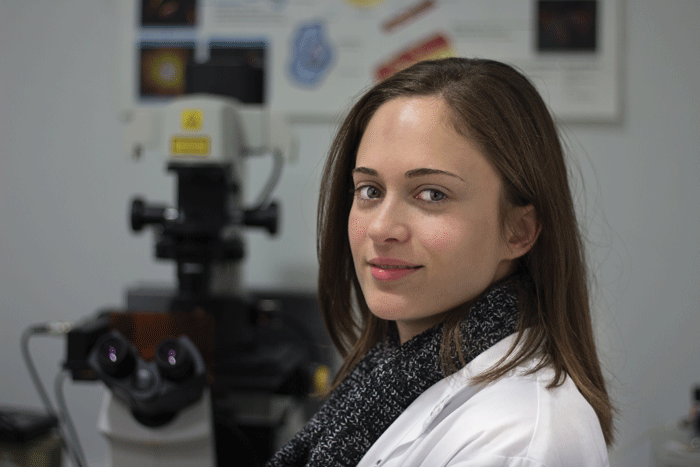Jeanesse Scerri discusses a inherited condition and what it does to us.
Thalassaemia is an inherited condition that causes a decreased production of haemoglobin. Haemoglobin is a protein found in red blood cells that transports oxygen in blood. Thalassaemia results from genetic mutations in genetic coding for the globin proteins in haemoglobin. If these mutations are inherited from both parents, they may result in severe anaemia requiring regular blood transfusions. In Malta, β-thalassaemia is the most common single gene disorder, with 1.8% of the population carrying a mutation in the β-globin gene.
Hereditary persistence of foetal haemoglobin (HPFH) is another inherited blood condition, this time with minimal detrimental health effects, in which otherwise healthy adults have naturally elevated levels of a foetal form of haemoglobin termed haemoglobin F (HbF). Interestingly, increasing the levels of this foetal haemoglobin in patients with thalassaemia reduces their symptoms, sometimes even eliminating the need for transfusions. Studying the genetics and physiology of HPFH individuals may therefore provide insight into new ways to increase foetal haemoglobin levels in thalassaemic patients.
Jeanesse Scerri (supervised by Prof. Alex Felice) optimised a technique to observe and measure HbF in single red blood cells of a family with HPFH. By using quantitative fluorescence microscopy, elevated levels of HbF were found to be caused by a small proportion of red blood cells having very high amounts of HbF, rather than by a large number of cells making small amounts of HbF. Microscopy and genetic data from family members were combined to find genes that influence the distribution of HbF within red blood cells of HPFH individuals. In the future, these genes may be targeted in patients with thalassaemia to potentially cure the disease.
The study shows that not every red blood cell is created equally; they are heterogeneous and individual red blood cells in the same person can have highly varied amounts of HbF between them. Traditional methods measuring the average HbF in a blood sample may therefore not show the whole picture. Cellular heterogeneity is becoming a hot topic in biological research, especially when it comes to other diseases such as cancer, where different responses to a particular drug are being observed not only between different patients, but also between different cells in the same tumour. Advanced techniques such as quantitative microscopy will be the essential tool in understanding the differences between cells that will help improve treatment in many diseases. •
This research was performed as part of an Master of Science in Biomedical Sciences at the Faculty of Medicine and Surgery, University of Malta. It is partially funded through the Malta Government Scholarship Scheme (MGSS-PG).





Comments are closed for this article!